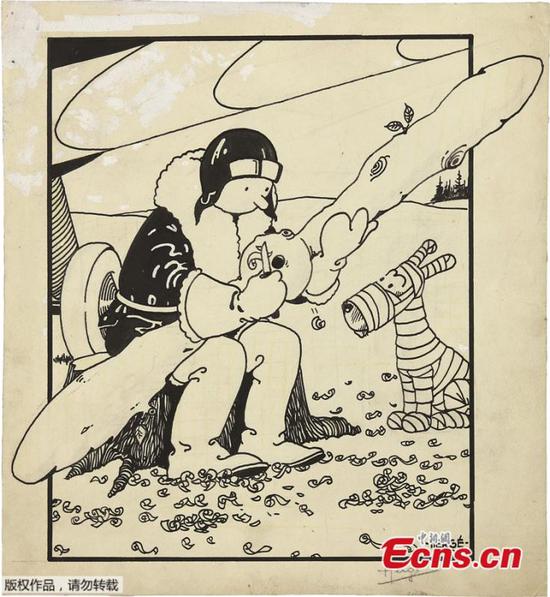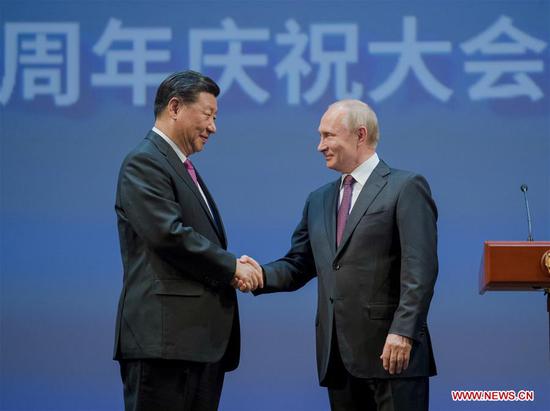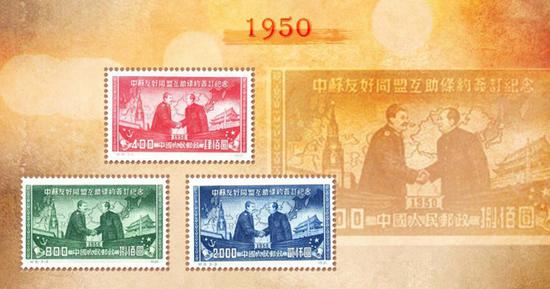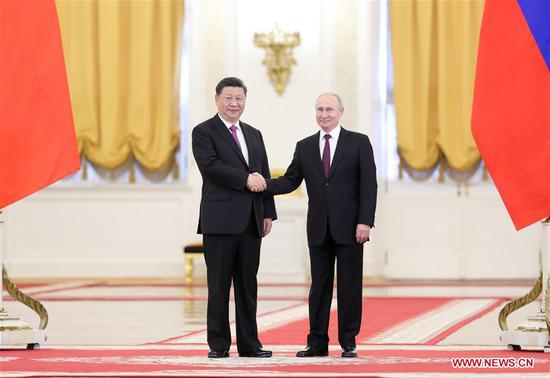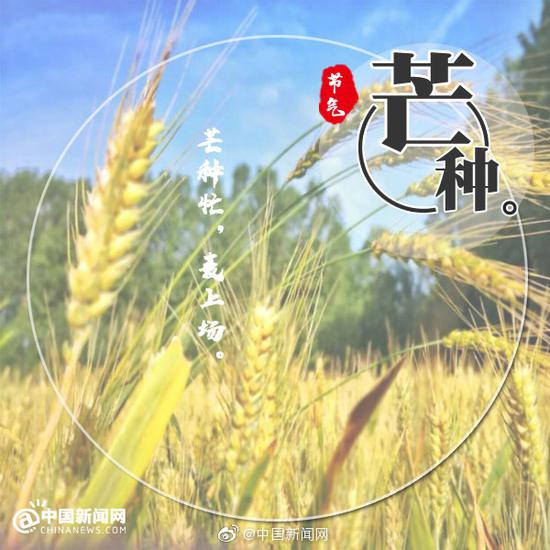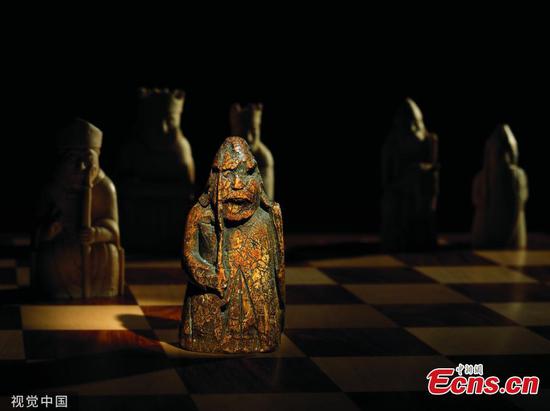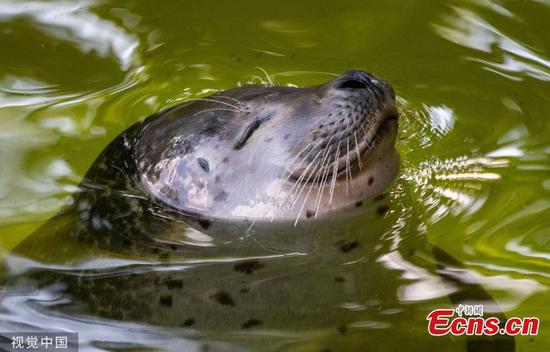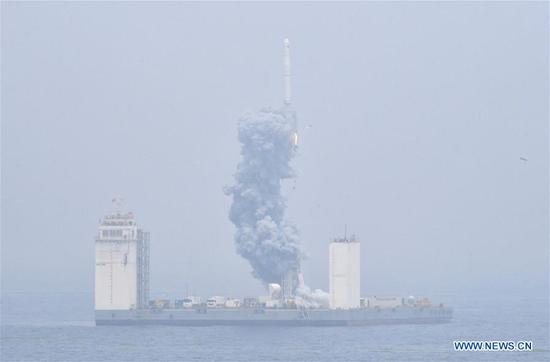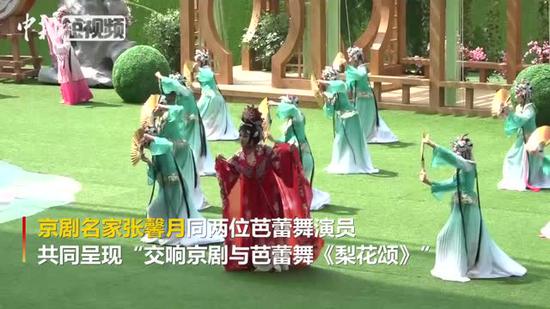Chinese consumers have begun to feel the ripple effects of a recent warning by the Canadian health authorities of risks related to eye drops and an ointment made by Japanese pharmaceutical companies.
While some longtime users of the products said they will reduce their doses, others said they would need more information before changing their usage.
According to an advisory issued by Health Canada on April 15 that was reported by Chinese media recently, several eye drops made by Santen (Sante FX Neo, Sante FX V and Sante PC), an eyewash produced by Kobayashi and an antibacterial gel made by Sato sold in Canada have "not been assessed for safety, effectiveness and quality and may pose serious health risks".
The agency said the over-the-counter products contain prescription drugs which, if taken without the supervision of a healthcare professional, may cause serious side effects.
The advisory said the prescription drugs included in the Japanese products were aminocaproic acid, used to decrease bleeding, clindamycin for treating bacterial infections, and neostigmine methylsulfate, which had never been used in eye drops in the Canadian market before.
The ingredients could cause side effects including watery eyes, cataracts, headache, muscle weakness, and a stinging or burning feeling on the skin, it said.
The warnings have garnered huge attention in China as some of the products listed are on many Chinese tourists' must-buy lists when they visit Japan.
Lin Siyong, a Tianjin-based ophthalmologist, said the tetrahydrozoline in the eye drops could mitigate bloodshot eyes but the effect was only temporary.
"The ingredient could also add to the pressure of elderly people's cardiovascular system, putting them under the risk of strong side effects," he was quoted as saying by China National Radio.
Despite the warnings, some ardent users of Japanese products said the current information is insufficient to scare them away from brands they have been using for years.
Zhang Yang, 32, a Beijing-based food importer and a longtime user of Japanese products, said he has been using one solution since 2013, and has not had any side effects.
"The price, around 60 yuan ($8.60), is acceptable, and they are almost household names in Japan," he said. "They would have long been banned if they have serious problems."
Zhou Pan, a 34-year-old tour guide who first learned of the Santen products four years ago, said he had been using the eye drops almost daily since then.
"I could reduce the dose due to the alert, but I would not give up on it till Chinese authorities echo the risks," he said.
The national health authority and the medical products administration have not issued any such warnings. The products on the Canadian list have not received official approval for sale in the Chinese mainland and most users have to travel to Japan to buy them, or ask friends to shop on their behalf.
The eye solutions and the skin gel on the list are among many Japanese products long favored by China's growing middle class under the impression that items made in Japan are usually of better quality and representative of a modern lifestyle.










